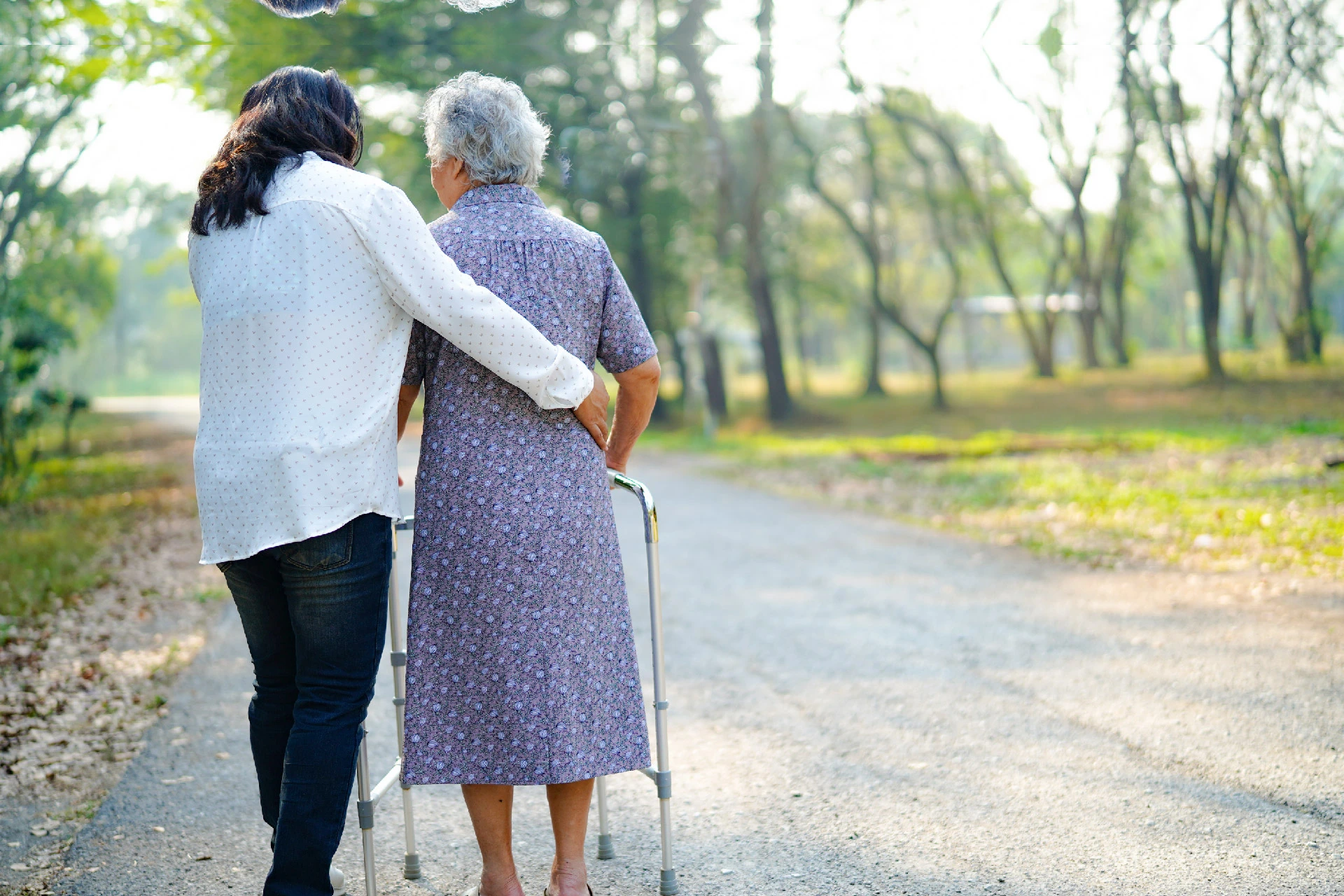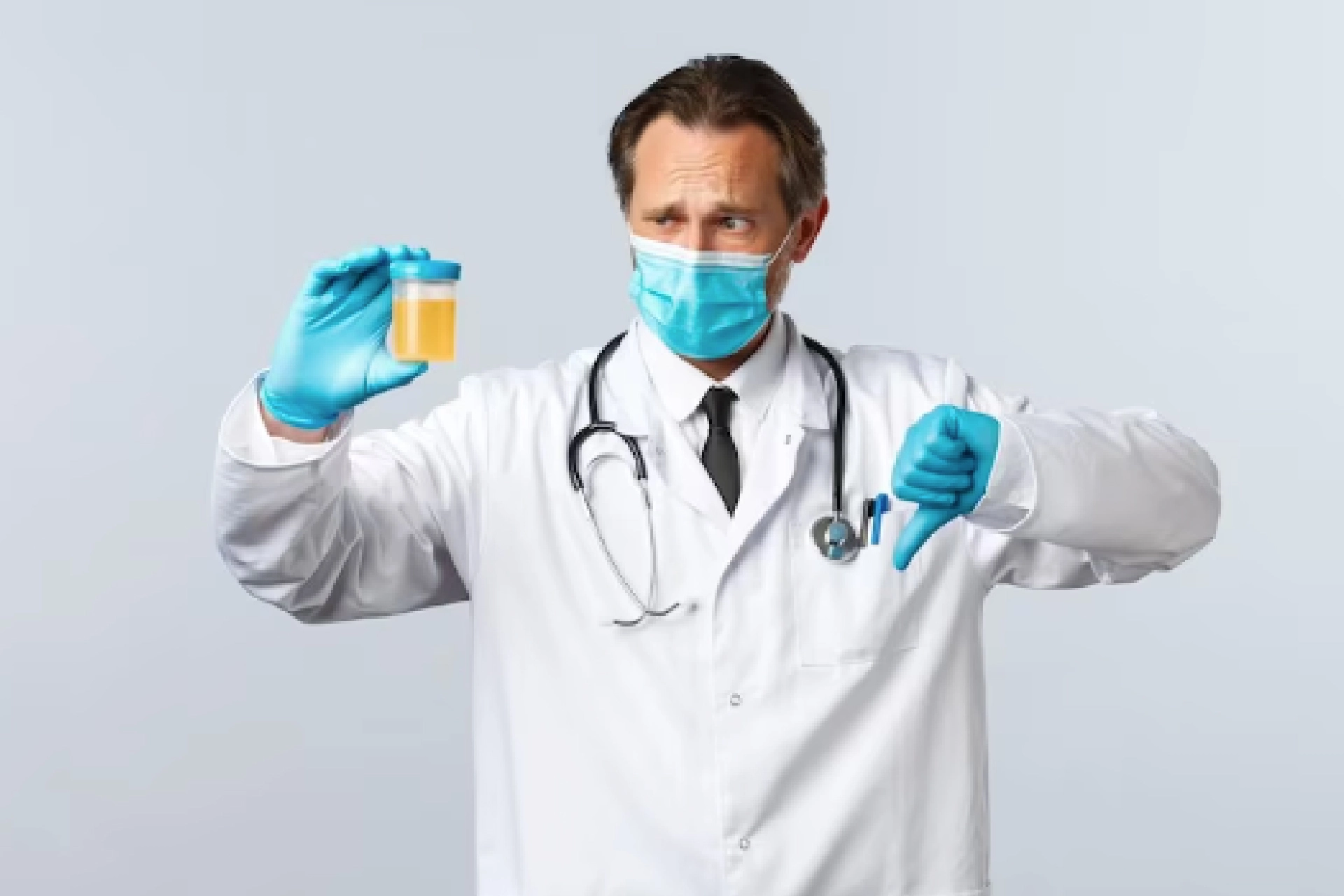General Health | min read
Gender Effect on Count of Steps: What You Must Know
Medically reviewed by
Table of Content
Synopsis
With the advent of wearable fitness trackers, now one can easily estimate how factors such as gender, age, height and weight affect your average count of steps per day. Learn how you can regulate your fitness goals by tracking these health parameters.
Key Takeaways
- Tracking your steps can help reduce the risks of diabetes and heart disease
- Average walking speed tends to decrease as we age
- Usually, walking at a brisk pace signifies taking around 100 steps a minute
With the rise of wearable fitness trackers, individuals across the world are gradually adapting to them. As a result, the users of such devices track their daily steps and set their fitness goals accordingly. The data collected by these wearable trackers also shows things such as gender effect on a count of steps. Not just gender, data shows that factors like age, height and weight effect on a count of steps.
Thus, individuals can monitor their health parameters with the help of such trackers while they perform physical activities like walking. It leads to a number of health benefits, such as a lower risk of the following conditions:
- Cardiac diseases and brain stroke
- Diabetes
- Breast and colon cancer
- Hypertension
- Mental health issues such as depression
- Obesity
However, to leverage the maximum benefits of walking, it is prudent to understand the height effect on a count of steps as well as the effect of weight, age and height. It is also prudent to know what the gender effect on a count of steps is. Read on for a comprehensive look into these.
Additional Read: Benefits of walkingAverage Walking Speed km/h by Age
Studies have established the link between a person’s age and their walking speed. Here’s a look at a recent study that reflects age's effect on speed count [1]:
Age | Average walking speed (km/h) |
Less than 30 | 4.82 km/h |
Between 30-39 | 4.54 km/h |
Between 40-49 | 4.54 km/h |
Between 50-59 | 4.43 km/h |
Between 60-65 | 4.34 km/h |
More than 65 | 3.42 km/h |
Additional Read:
What is Meant by a Brisk Pace?
Walking at a brisk pace means you are walking much faster than your normal pace. As defined by medical authorities like CDC, a brisk pace can mean you are walking 100 steps per minute or 5-6 kilometers per hour. However, the concept of brisk pace is mostly relative as it depends on your fitness level. When walking briskly, it is usual to feel sweaty and a bit breathless as it raises your heart rate.
Brisk walking is a prudent way to raise your fitness levels. It boosts blood flow throughout your body and stimulates every organ and system. WHO recommends 150 minutes of moderately-intense exercises, such as brisk walking per week, to be at the top of your health [2].
Additional Read: Steps To Lose WeightDo Steps Decrease with Age?
A 2011 study showed that steps taken by adults vary between 4,000 to 18,000 per day [3]. Another study in the same year found that steps taken by individuals under 18 vary between 10,000 to 16,000 per day [4]. The review also reflected that the number of steps taken a day decreases significantly as adolescents gradually enter adulthood.
Do Average Males Tend to Walk More Steps than Females?
As per research, there is a noticeable difference between the steps taken by average males and females. Data shows that males, on average, walk 12,000-16,000 steps per day throughout their journey from childhood to adulthood. In the case of young females, the average steps taken per day range between 10,000 to 12,000. [4]
How Many Steps Based on Height?
Taking about 10,000 steps a day is considered healthy, covering about 6-8 kilometers. However, the number of steps you need to cover the distance may vary as per your height which influences your stride too. Here’s a look at how height can influence your count of steps.
Men:
Height | The average length of a step | Average steps per km |
150 cm (4’11) | 0.623 m (2’1) | 1606 |
155 cm (5’1) | 0.643 m (2’1) | 1555 |
160 cm (5’3) | 0.664 m (2’2) | 1506 |
165 cm (5’5) | 0.685 m (2’3) | 1460 |
170 cm (5’7) | 0.706 m (2’4) | 1417 |
175 cm (5’9) | 0.726 m (2’5) | 1377 |
180 cm (5’11) | 0.747 m (2’5) | 1339 |
185 cm (6’1) | 0.768 m (2’6) | 1303 |
190 cm (6’3) | 0.789 m (2’7) | 1268 |
195 cm (6’5) | 0.809 m (2’8) | 1236 |

Women:
Height | The average length of a step | Average steps per km |
145 cm (4’9) | 0.599 m (2′) | 1670 |
150 cm (4’11) | 0.620 m (2′) | 1614 |
155 cm (5’1) | 0.640 m (2’1) | 1562 |
160 cm (5’3) | 0.661 m (2’2) | 1513 |
165 cm (5’5) | 0.681 m (2’3) | 1467 |
170 cm (5’7) | 0.702 m (2’4) | 1424 |
175 cm (5’9) | 0.723 m (2’4) | 1384 |
180 cm (5’11) | 0.743 m (2’5) | 1345 |
185 cm (6’1) | 0.764 m (2’6) | 1309 |
190 cm (6’3) | 0.785 m (2’7) | 1274 |
What is the Weight Effect on the Count of Steps?
Taking around 9,000 - 12,000 steps a day is crucial for losing weight and leveraging other health benefits of this exercise. However, if you are overweight or obese, you may not start with such a high goal. In such situations, make sure to consult a doctor.
By knowing about the gender effect on a count of steps per day based on factors like age and height, you can regulate your fitness goals with time. You can book an online doctor consultation on Bajaj Finserv Health to get further insight. Start tracking your steps right away to prevent major health conditions and lead a happy and smooth life!
References
- https://www.researchgate.net/publication/344166318_Walkability_Index_for_Elderly_Health_A_Proposal
- https://www.who.int/news-room/fact-sheets/detail/physical-activity
- https://www.ncbi.nlm.nih.gov/pmc/articles/PMC3197470/
- https://ijbnpa.biomedcentral.com/articles/10.1186/1479-5868-8-78
Disclaimer
Please note that this article is solely meant for informational purposes and Bajaj Finserv Health Limited (“BFHL”) does not shoulder any responsibility of the views/advice/information expressed/given by the writer/reviewer/originator. This article should not be considered as a substitute for any medical advice, diagnosis or treatment. Always consult with your trusted physician/qualified healthcare professional to evaluate your medical condition. The above article has been reviewed by a qualified doctor and BFHL is not responsible for any damages for any information or services provided by any third party.





